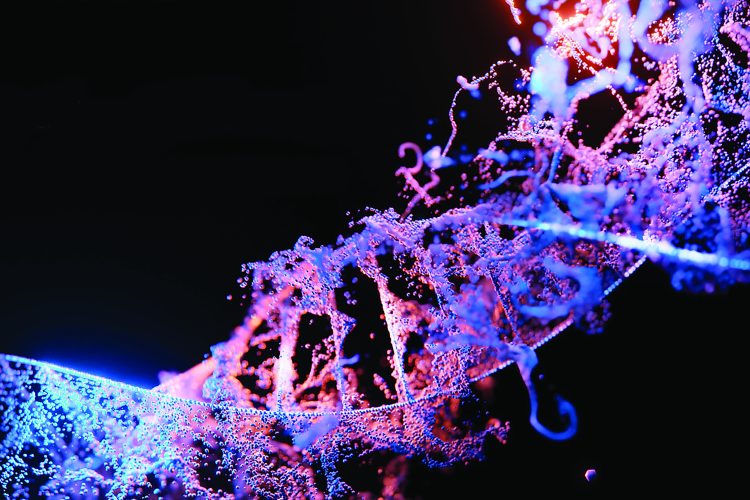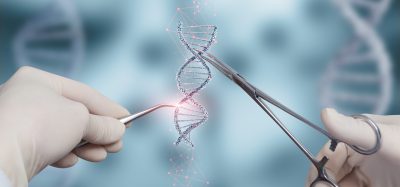Off-switches developed for CRISPR-Cas3 technologies
Posted: 22 January 2024 | Drug Target Review | No comments yet
AcrlC8 and AcrlC9 prevent the CRISPR-Cas3 machine from binding to its DNA target site, providing a safer way to engineer the genome.


Dr Yan Zhang, Assistant Professor in the Department of Biological Chemistry at the University of Michigan Medical School, and her collaborators at Cornell University, have developed off-switches for improving the safety of the Type I-C/Cas3 gene editor.
CRISPR, an immune system bacteria use to protect themselves from viruses, has been used by researchers to edit genetic information within cells. However, a newer and unique platform that can make large-sized DNA removals, called Type I CRISPR or CRISPR-Cas3, has great potential for therapeutic use.
In the study, the team developed CRISPR off-switches from anti-CRISPR proteins that phages have evolved to combat bacterial CRISPR immunity. To reduce CRISPR’s off-target effects, anti-CRISPR proteins that inhibit Cas9 have been used in experimental settings. Such effects result from Cas9 acting on unintended, non-target parts of the body or genome and making undesired edits that may lead to adverse outcomes, like an increased risk of cancer.
Dr Zhang explained: “When editing human genome using CRISPR-Cas9, providing an inhibitor protein can helps mitigate off-target effects and increase the safety profile…This is because off-targets tend to occur when there is an excess of CRISPR reagents or that they linger in the cells for too long. Applying inhibitors to restrict the amount or duration of CRISPR action has proven to be effective in reducing off-target edits while maintaining on-target edits.”
The scientists aimed to develop an off switch for the highly efficient Cas3 system they previously uncovered from Neisseria lactima, bacteria that live harmlessly in the human upper respiratory tract. They screened all known anti-CRISPRs that have been reported in literature as inhibitors for other Cas3 variants from distinct bacteria organisms. AcrIC8 and AcrIC9 were found to have a strong cross-reacting effect against the Neisseria Cas3.
Dr Zhang elucidated: “How they work will inform what kind of Cas3-based technologies can be controlled by each anti-CRISPR.”
The researchers conducted genetic and biochemical studies at the University of Michigan and cryogenic electron microscopy analysis at Cornell to determine the mechanism of action and structure of AcrlC8 and AcrlC9 at a molecular level. Both proteins prevent the CRISPR-Cas3 machine from binding to its DNA target site but through slightly different mechanisms.
The Zhang team provided key proof-of-concept evidence that each of these anti-CRISPR protein can serve as an off-switch for CRISPR-Cas3 in human cells, as they can almost completely block two versions of the CRISPR-Cas3 technologies: one for large genome deletion and the other for gene activation. This makes them the first off-switches developed for any CRISPR-Cas3 gene editor. “Cas3 with an off switch would be a safer way to engineer the genome,” said Dr Zhang.
The collaborators plan to develop CRISPR-Cas3 based therapeutics for various human diseases further with the newly discovered off switches.
This study was published in Molecular Cell.
Related topics
CRISPR, Gene Therapy, Genome Editing
Related conditions
Cancer
Related organisations
Cornell University, University of Michigan Medical School
Related people
Dr Yan Zhang (University of Michigan)








